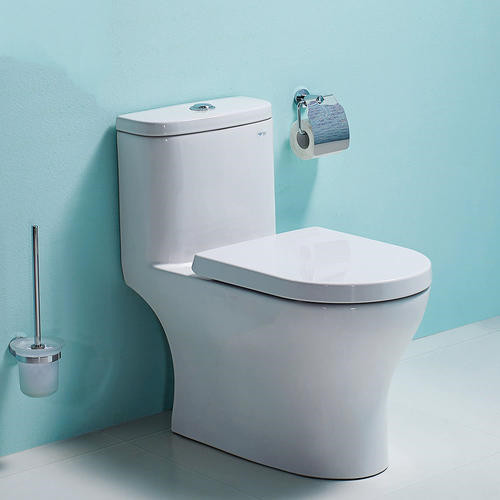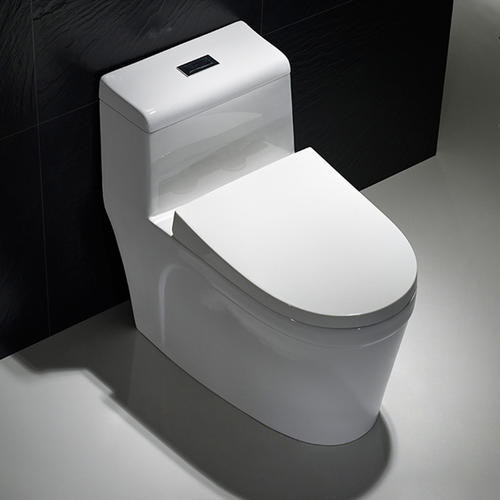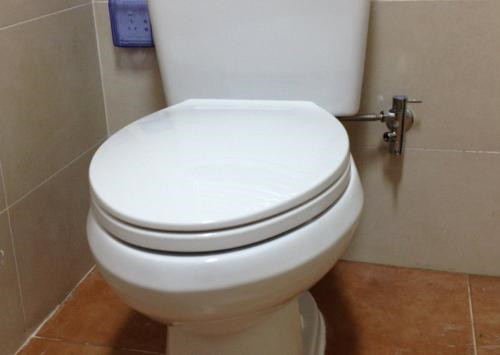
Home / Blog Center / Chargers / Understanding the Mechanics of Toilet Flushing: How Does It Work?
Understanding the Mechanics of Toilet Flushing: How Does It Work?
04/03/2025 | Hawkrown
Toilets are essential bathroom products in our daily lives, and there are many types available. What is the flushing principle of a toilet? How should one choose a toilet? Let's take a closer look.
What is the Flushing Principle of a Toilet
For direct flush toilets, the flushing mechanism relies on compressed air to create a powerful thrust inside the toilet bowl, allowing the water to achieve a certain flushing force to effectively remove waste. On the other hand, siphon toilets depend on the suction created when the water flows down the pipe in a rotational motion, which helps remove waste.
How to Choose a Toilet
1、When purchasing a toilet, touch the surface to check for any unevenness or roughness. A high-quality toilet will have a very smooth and fine surface both in terms of glaze and body. In contrast, lower-quality toilets will have a rough glaze and body, and their color may appear dull; when placed under direct light, tiny holes may be visible.

2、High-end toilets are made from high-temperature firing processes that meet the requirements for full porcelain. As a result, they feel heavy when lifted. Lower to mid-range toilets, however, are often fired at lower temperatures, which prevents them from being fully porcelain, resulting in a noticeable difference in weight. Additionally, testing the flushing performance of the toilet is important to see how powerful the flush is.

3、When selecting a toilet, you can reach into the waste outlet area to see if it feels smooth. If it feels rough, it indicates that the area lacks glaze, making it prone to leaks over time. The sealing gasket of the toilet is another important factor to consider; a good sealing gasket is usually made of rubber or foam plastic.

In summary:the above content discusses the flushing principles of toilets and how to choose one. We hope this information is helpful. For more related content, please continue to follow our updates.


